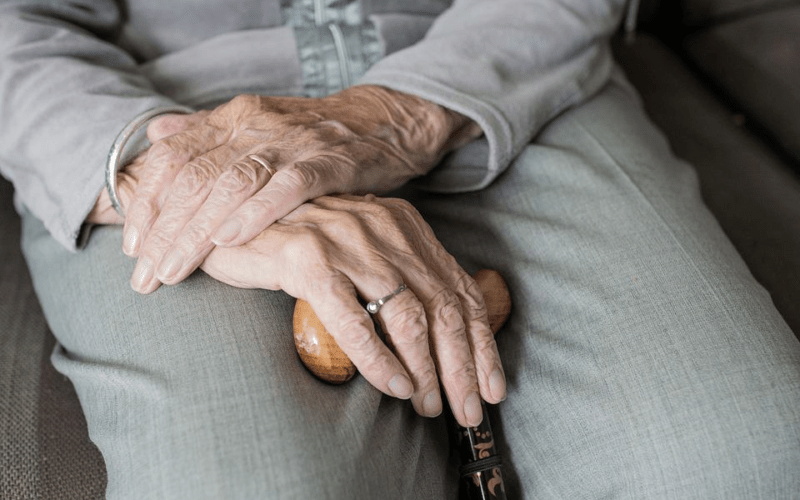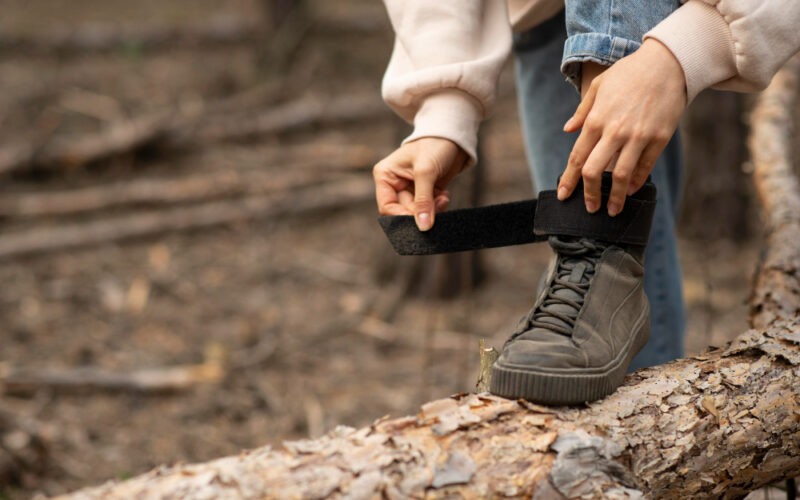
Despite how common it is, incontinence can considerably impact the quality of life. For some, it’s a debilitating condition that can result in feelings of social isolation, depression, and anxiety. For this reason, it must be taken seriously and addressed with the right products and treatments for incontinence.
This article will cover basic information on incontinence, from what the condition is to its most common types. Continue reading if you want to learn more.
Incontinence—what is it?
Incontinence refers to the condition of having uncontrollable faeces or urine leakage. It affects people of every age and may either occur as recurring or isolated incidents. Its impact can depend on its severity, as alongside the lack of control over defecation or urination, there are issues that may surface afterwards, including but not necessarily limited to foul odour or staining of clothes.
Since these are relatively common occurrences for people suffering from incontinence, the condition can have a negative impact on their confidence and mental well-being.
Types of adult incontinence
There are a lot of things that can interfere with our ability to control the discharge of urine and faeces from our bodies. Below, we’ll cover some common incontinence types.
- Urinary incontinence. As its name implies, urinary incontinence refers to the unintentional leaking of urine. This condition is generally more common for women and encompasses many other incontinence types.
- Faecal incontinence. It is similar to urinary incontinence, with the exception that it’s the leakage of faecal matter instead of urine. The substance expelled can be either in semi-solid or liquid form. Instances of faecal incontinence can either be recurring or occasionally happen, depending on their seriousness.
- Stress incontinence. One of the most common kinds of incontinence, stress incontinence, is the involuntary leaking of urine that generally occurs in moments of physical activity or movement. It’s usually triggered by specific exercises that tend to put a lot of pressure on your bladder. However, it can also be caused by everyday occurrences, such as sneezing, coughing, or laughing.
- Urge incontinence. Urge incontinence happens when individuals have sudden urges to urinate. Many things can trigger this urge, like hearing running water. However, it can also be caused by something entirely unrelated to the act of urinating.
- Overflow incontinence. Also referred to as drip incontinence, overflow incontinence is when urine continuously leaks out in small amounts. It usually happens if the bladder is unable to normally empty itself and the leftover urine begins leaking out. In many cases, there’s no urge to urinate.
- Total incontinence. Those who have total incontinence are unable to store urine at all. It usually results in frequent leakages and urine constantly passing. This condition can happen to those with pre-existing bladder problems or injuries to the spine.
Conclusion
Incontinence can be an incredibly challenging condition to live with, especially as an adult. However, there are products and treatments that can help manage this condition much better. So be sure that you consult with your physician and adopt practices that will lessen their impact on your life.





